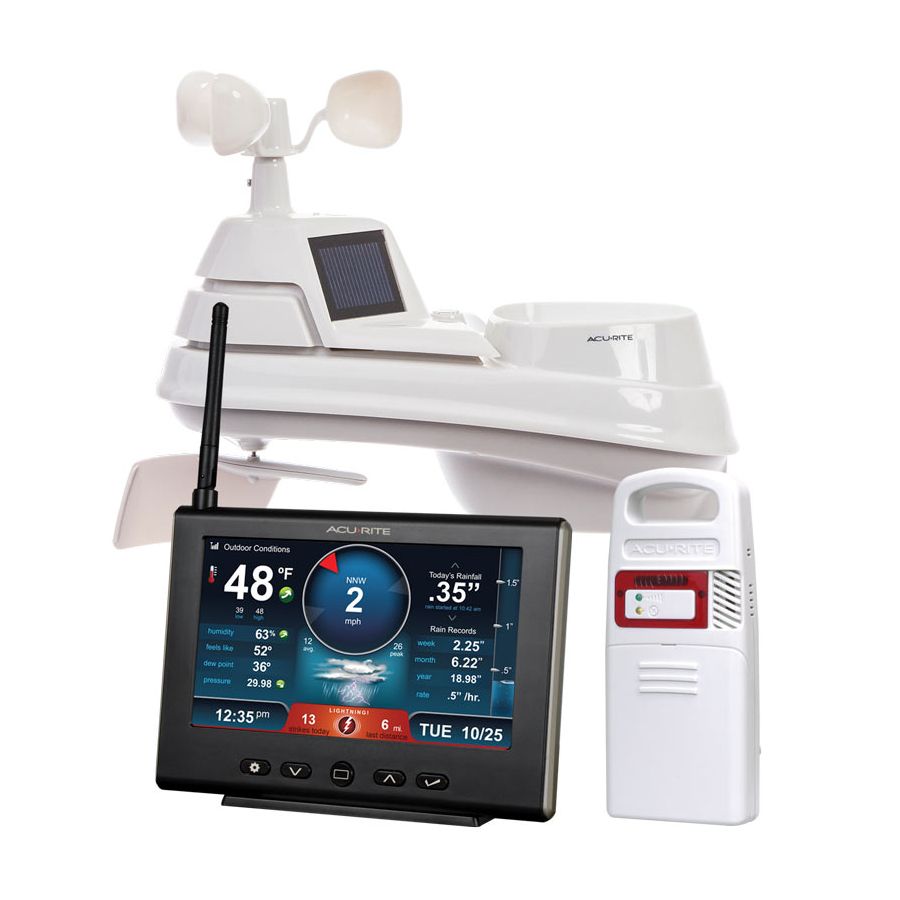What Attracts Lightning? 4 Situations To Stay Away From
The National Weather Service uses Doppler weather radar to spot storm threats, but even today’s technology offers no warnings about lightning. However, you can significantly improve your odds of avoiding its menace by following a few safety tips. Learn to identify what situations attract lightning to help keep you storm-safe no matter where you are.
What Attracts Lightning?
Lightning is an immense electric spark with incredible energy that can produce up to 10 million volts. To help you remember where lightning is most likely to strike, it may help if you think of electricity as "lazy."
- Lightning Is Attracted by High Spots
Lightning is looking for the shortest path between the cloud base and the ground to complete the circuit, meaning a hilltop or grove of trees is more likely to be struck than a low spot or creek bed. Mountaintops are frequently struck by lightning for this very reason.
- Lightning Is Attracted by “Points”
Take two homes of identical elevation, one with a flat roof and one with a sharply pitched roof. The steeper roof will probably get hit by lightning first — the points on it allow electrical charges to concentrate, offering a weak spot for lightning to target.

- Lightning Gets Into Your Home Through Conductors
Metal pipes and wires can allow lightning to travel into a house with often damaging and dangerous results. It’s rare for someone to be killed by lightning indoors, but 32% of all lightning injuries occur inside.
What Can Protect You From Lightning?
Getting inside if you’re outside during a storm should be a priority. Once indoors, put an insulator between you and the lightning threat. Another tactic is to use a conductor to divert the current away from vulnerable spots.
How To Avoid Lightning Outside
- Stay away from trees at all costs. Trees offer protection from the rain, but they will increase your odds of being struck.
- Avoid power lines, transmission towers, and metal structures.
- If you are in a boat, head to shore immediately and take shelter. If you’re just in the backyard pool, make haste indoors.
- If shelter is not available where you are, run until you find one. Do not drop to the ground as a protection move; that might help in a tornado, but it will actually increase your chances of being hurt by a nearby lightning strike. This is because lightning can travel many feet through the ground, especially if it is wet.
How To Avoid Lightning Inside
Lightning is essentially a tremendous electrical surge, so avoid conducting materials and stay away from the windows.
- Avoid using landline telephones.
- Unplug cell phones and laptop chargers, TVs, and other critical appliances.
- Don’t take a shower — although it’s uncommon, the current can travel through the pipes and the showerhead.
How To Avoid Lightning in a Vehicle
Contrary to popular belief, rubber tires are not what protects you from lightning in a vehicle; it’s the metal chassis and doors. If you’re forced to take shelter in a car, avoid touching anything metal such as cell phone chargers, handles, and the steering wheel. Cars with convertible tops or those constructed of fiberglass offer poor protection from lightning because of the missing metal. In this case, it would be best to find a gas station or any building where you can exit the vehicle and find shelter.
Use Technology To Protect Yourself From Lightning
Lightning rods are designed to attract the electrical charge away from a structure and into the ground; use them to help protect electronic equipment and systems from the ravages of lightning. Deploy surge protectors and circuit breakers in your home to help isolate computers, TVs, and the like from power spikes caused by lightning.
A home weather station with lightning detection helps you make the right decisions to avoid dangerous weather — the lightning sensor displays lightning strikes within 25 miles and provides lightning alerts with a warning light and audible alarm. It’s a smart choice if you or your family members spend much time outside.
For an on-the-go advantage, consider a portable lightning detector. You don’t need a cell phone connection and you wear it on the go for real-time lightning warnings provided by onboard sensors. It works within 25 miles of where you stand — an absolute must for camping, boating, or hiking!

Lightning Safety
Lightning is incredibly dangerous, but it can be avoided with a bit of planning in most cases. Always check the forecast before planning outdoor activities, keep ahead of storm movements online or on your phone, and by all means, stay weather-aware. And remember, when thunder roars, go indoors!
Steve LaNore is a certified broadcast meteorologist with more than 30 years of forecasting and technical experience. He has provided meteorological consulting for everything from insurance adjusters to court cases and is a nine-time award-winning author and broadcaster. LaNore has authored two books, available on Amazon. He resides in north Texas near beautiful Lake Texoma.





